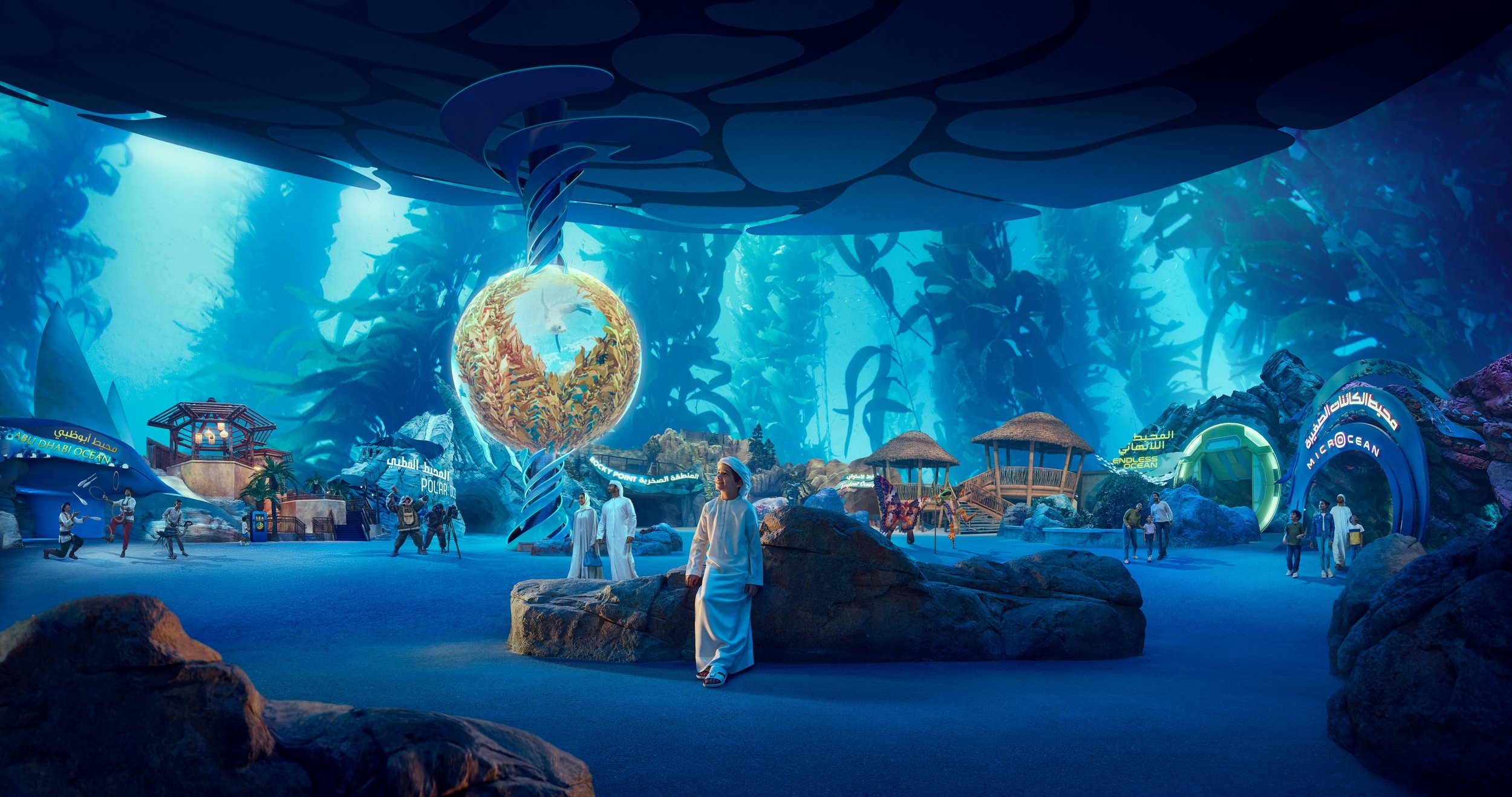
Why Consider LED For
Your Next Attraction
AV has for a long time been at the heart of many of our favourite theme park attractions – bringing to life action that simply wouldn’t be possible through sets and animatronics. Historically, projection has been the most popular choice for media integration into parks, but at Holovis we believe now is the time to be looking at its competitor – Direct-View LED.
LED has several distinct advantages which make it perfect for use in theme park attractions:
1. Higher Brightness – LED allows us to have much higher brightness levels than we could previously, both in the power of the diodes themselves but also in the optimization of brightness and contrast ratios. This means we can easily recreate the sensation of being outside in an indoor attraction, we can keep the environmental light level high so your attraction doesn’t have to be so dark and we can even place one outside and still get a great viewing experience!
2. Flexibility – From shapes to pixel pitch, LED can be customized to fit a huge range of spaces and viewing distances. You can maintain the same viewing quality on a huge, centerpiece screen as you have on the smallest queue line screen. You can create domes, globes, floors or ceilings without having to worry about where you place projectors. You can even create acoustically transparent tiles so you can place speakers behind your screen, hiding them from the audience.
3. Lower General Maintenance - LED also requires lower general maintenance than projectors for engineers and technicians. When multiple projectors are blended to create a single large image, that large canvas needs to be maintained with projector alignment, consistent brightness levels, uniform black levels and focus being some of the factors technicians have to worry about. Whilst not maintenance free, individual LED tiles can be replaced as needed, dramatically cutting downtime of your attraction – especially if you keep a well-stocked number of spares!
This doesn’t mean that projection isn’t still an important part of our design toolkit when creating immersive experiences, and a blend of technologies will generally continue to be the right choice. Projection technology usually has a lower facility impact – and a large projected screen surface will generally be less heavy, require less PE engineering works, with lower power requirements. Projection still has superb and superior colour reproduction for high-end applications, giving colours that LED technology cannot truly match just yet.
Projection can also be done on any surface, allowing us to use projection mapping and create magical effects that LED isn’t able to do. As a general rule, we believe LED is best for large screens at a comfortable viewing distance, especially with shapes like domes, cylinders and single radial curves, whilst projection is great for those smaller, more tricky to achieve moments.
Historically the big difference has been price – with LED traditionally coming in at a much higher price point to the extent it has been prohibitive. We are continuingly seeing this price parity shift, and at Holovis, we are very excited that we are seeing the gap between the two close. This is especially true in large scale, hemispheric LED wall design and installations, similar to the kind you’d find in a Flying Theatre attraction. David Wolber, Engineer for Holovis, commented that “at Holovis we can provide a LED screen for your large media attraction, such as a Flying Theatre, at a price point that is now very competitive with projection. We’re continuously working to close that gap even further, and are very excited for the future of the technology in attractions.


